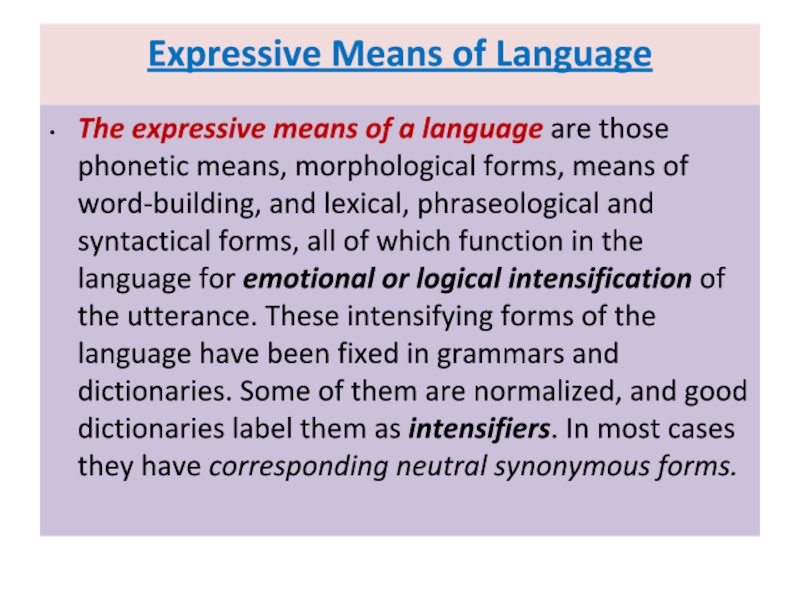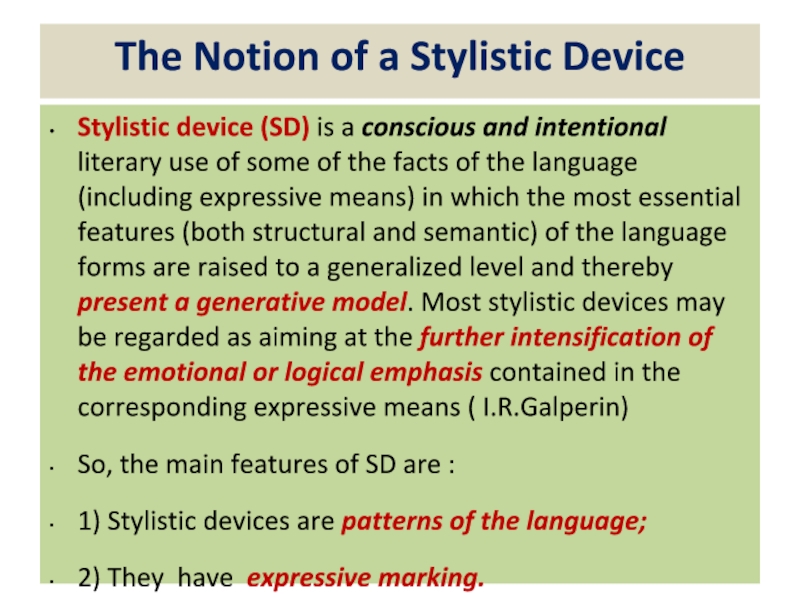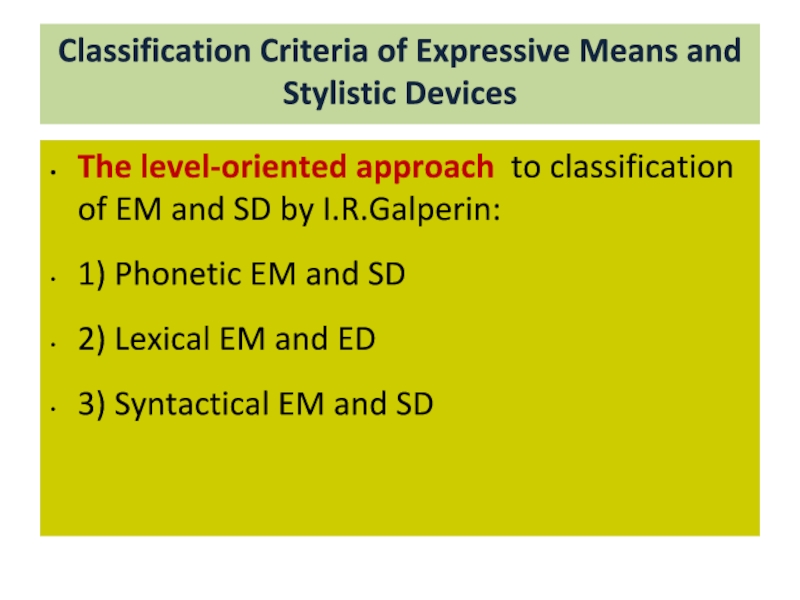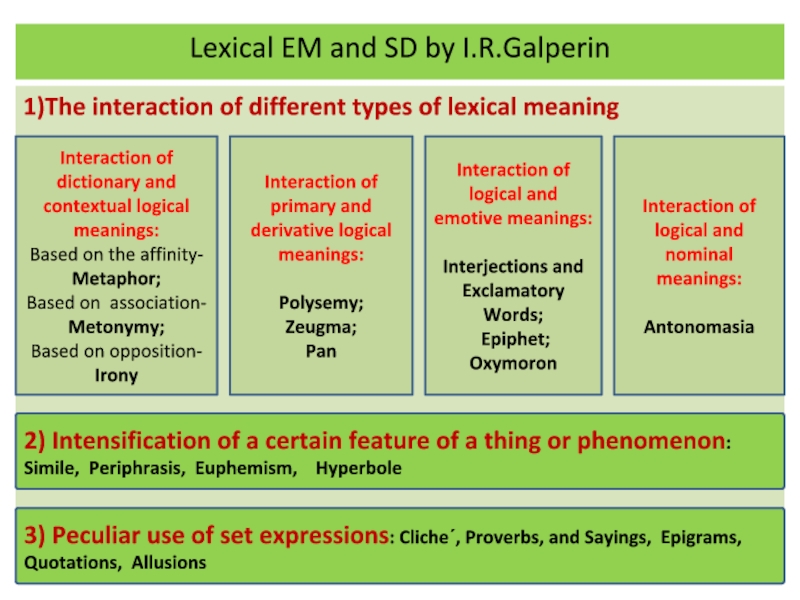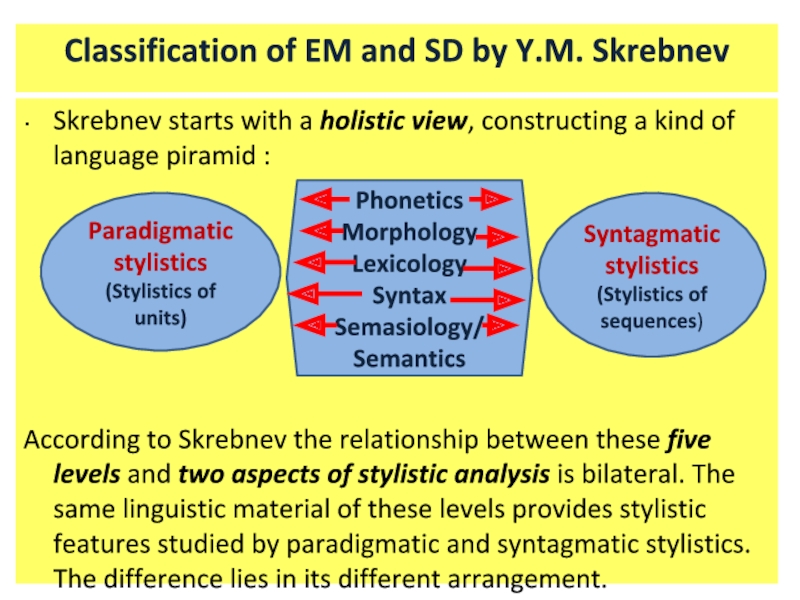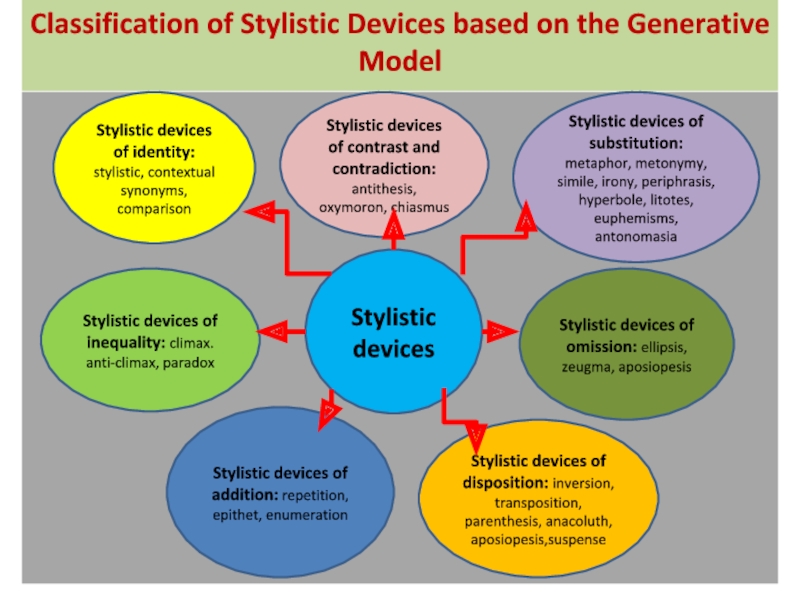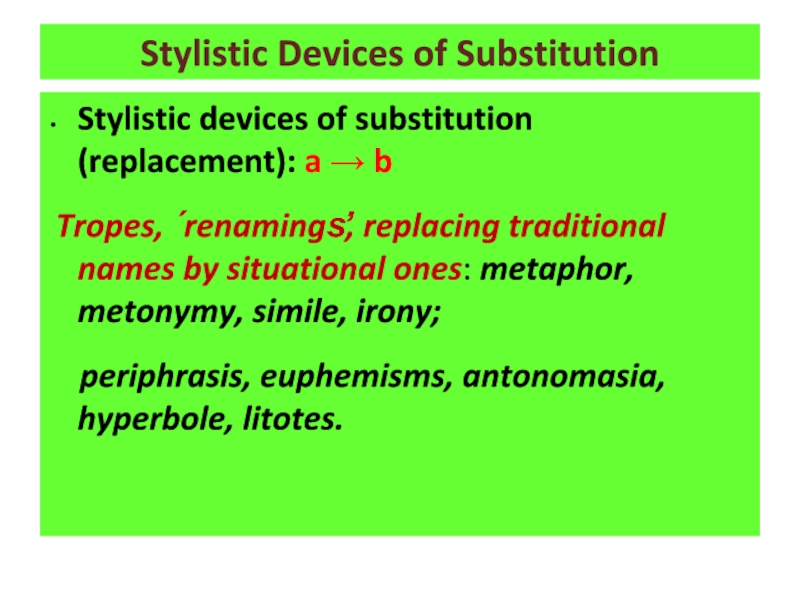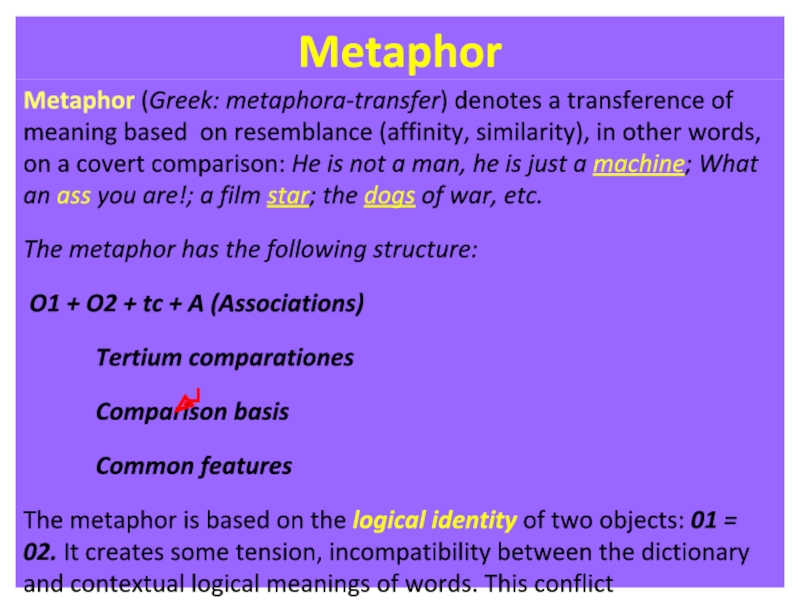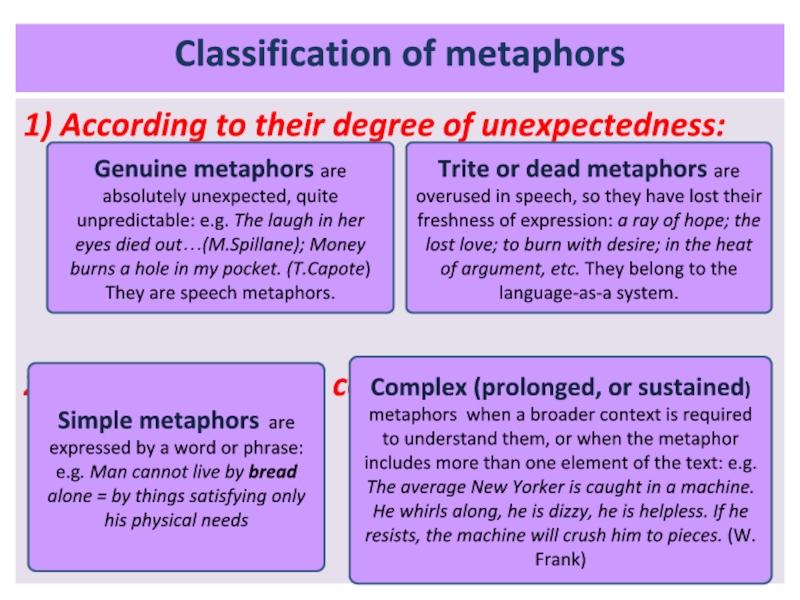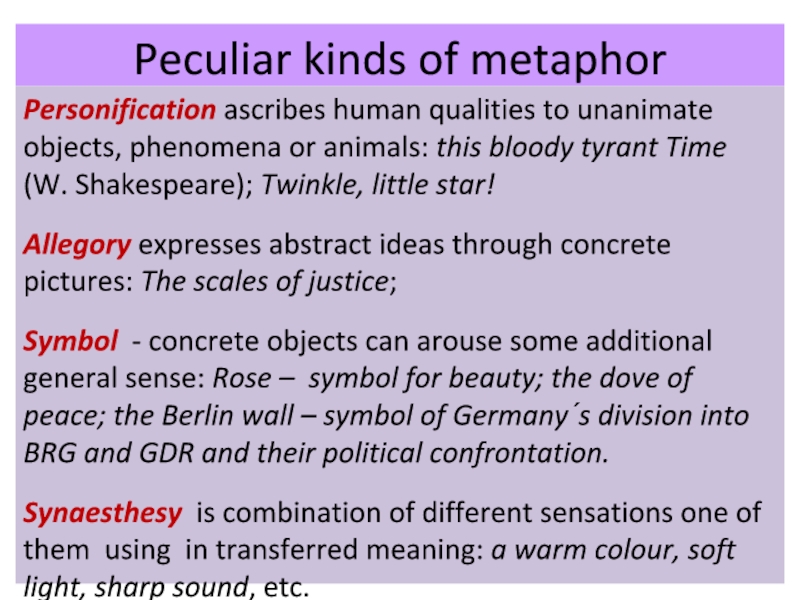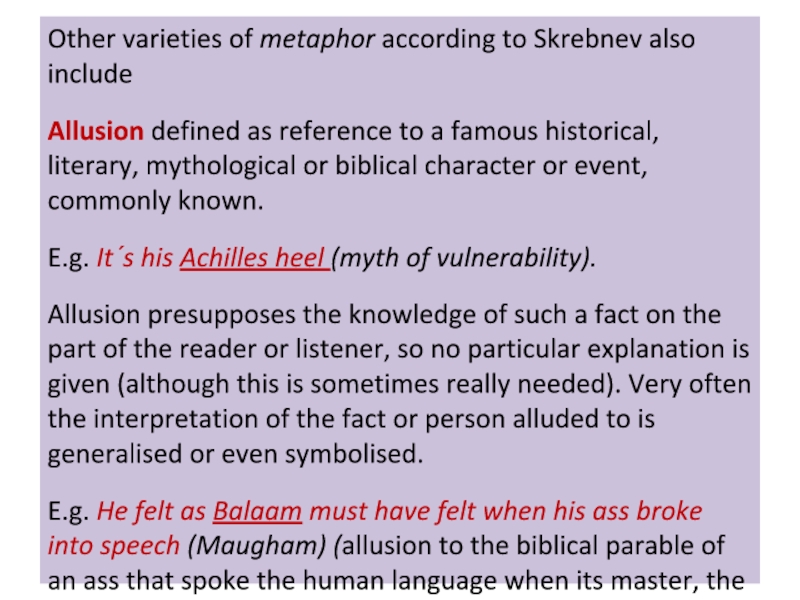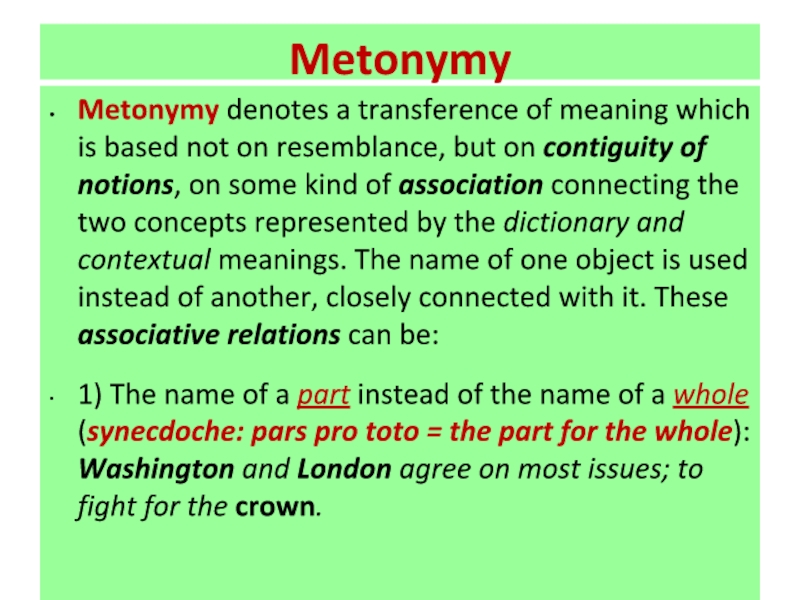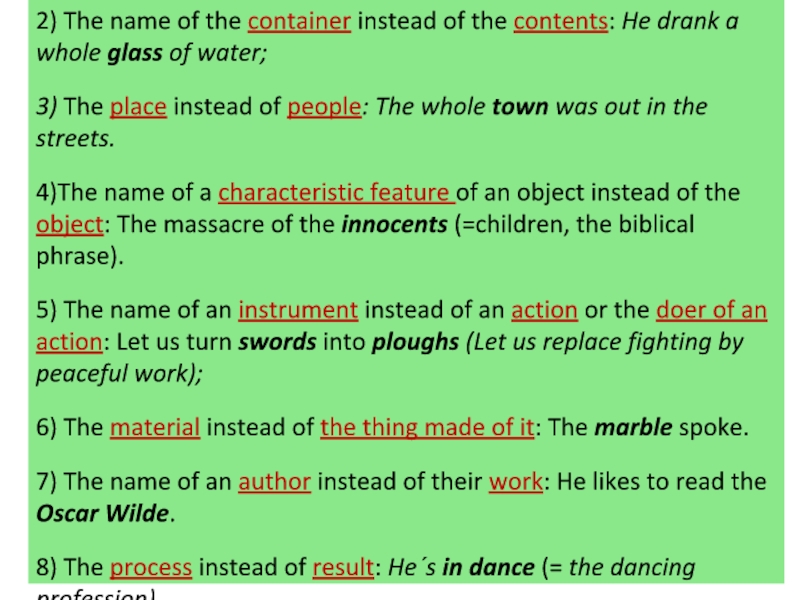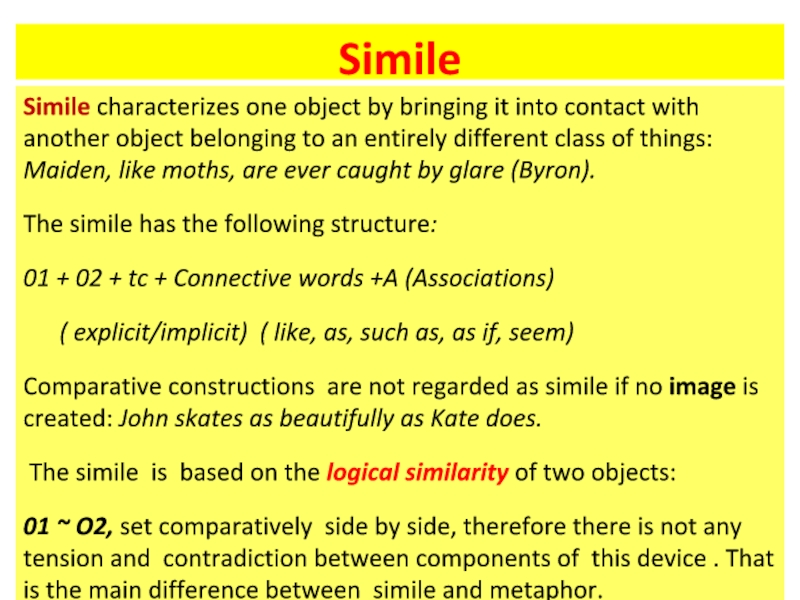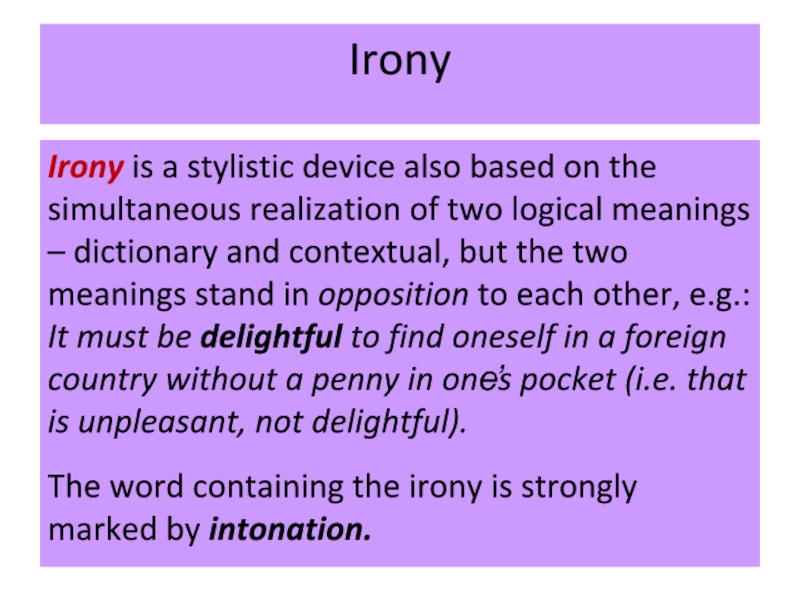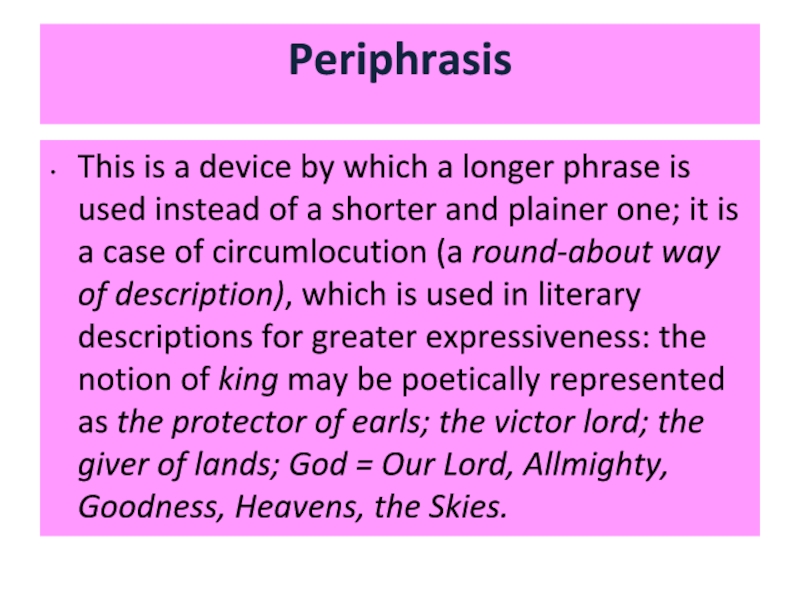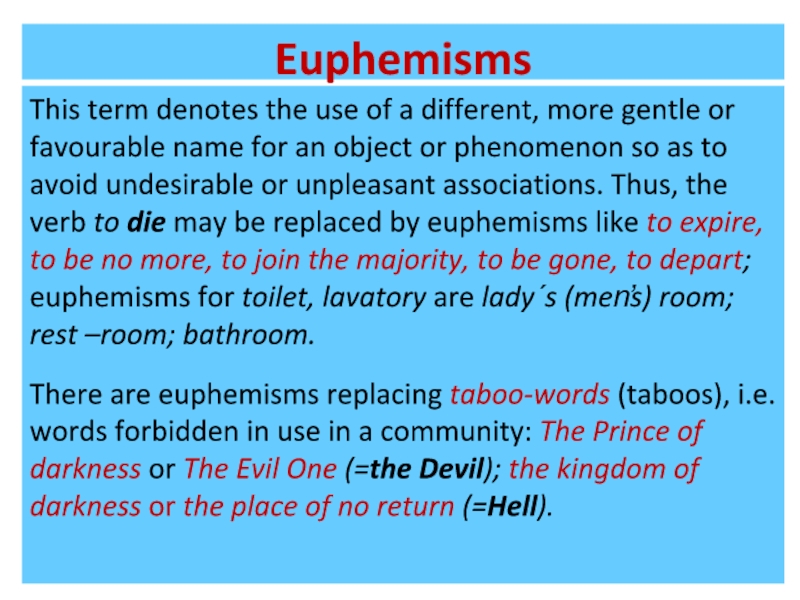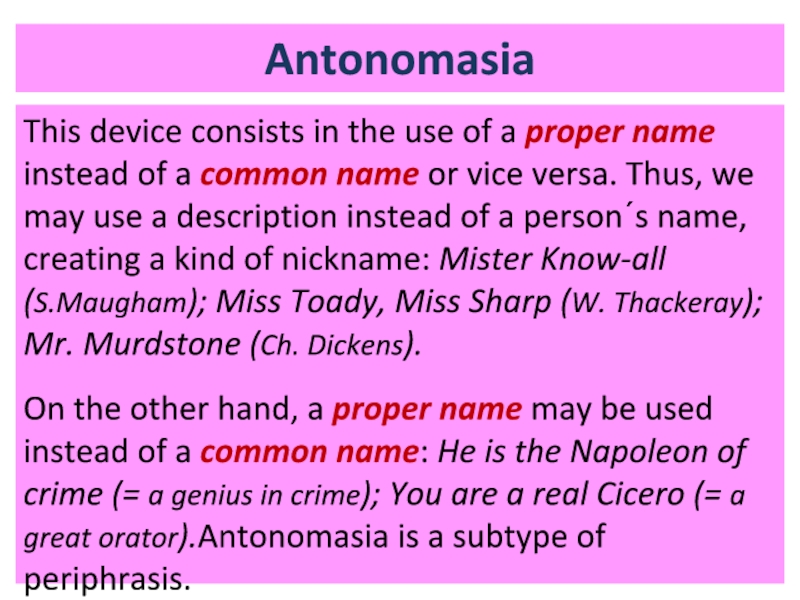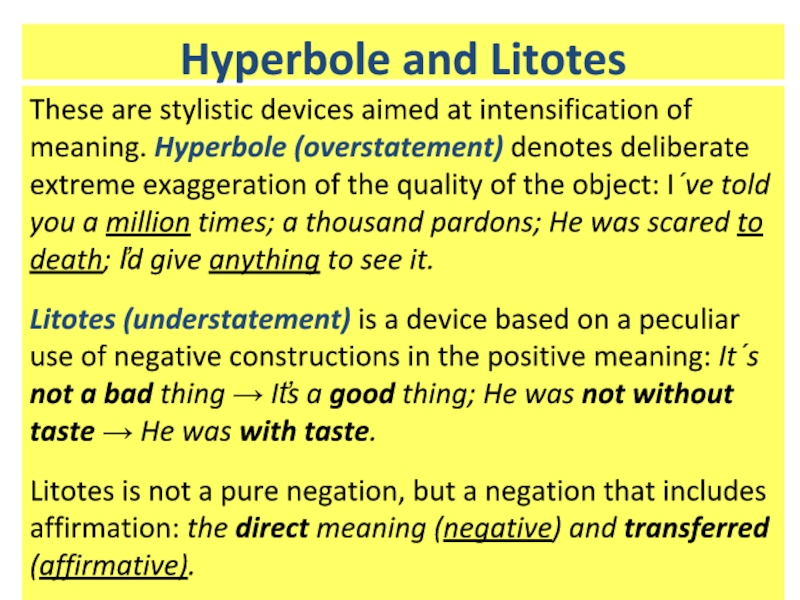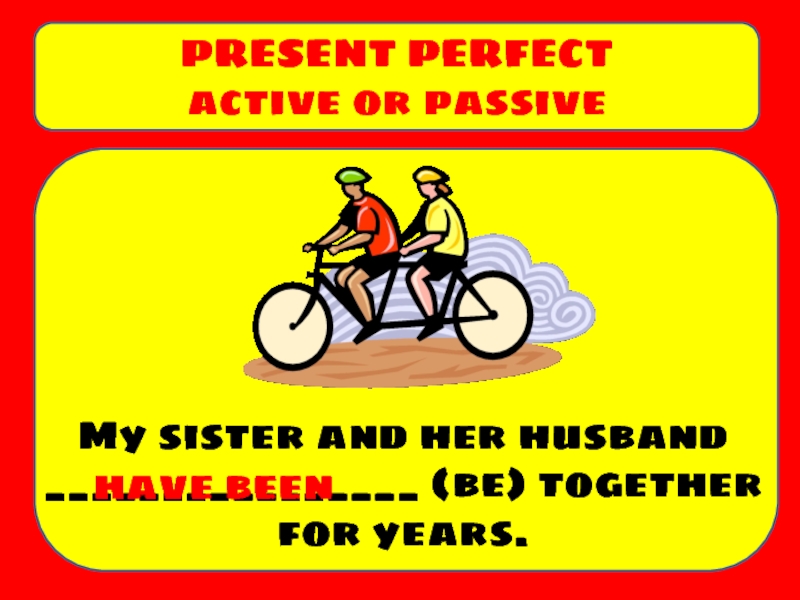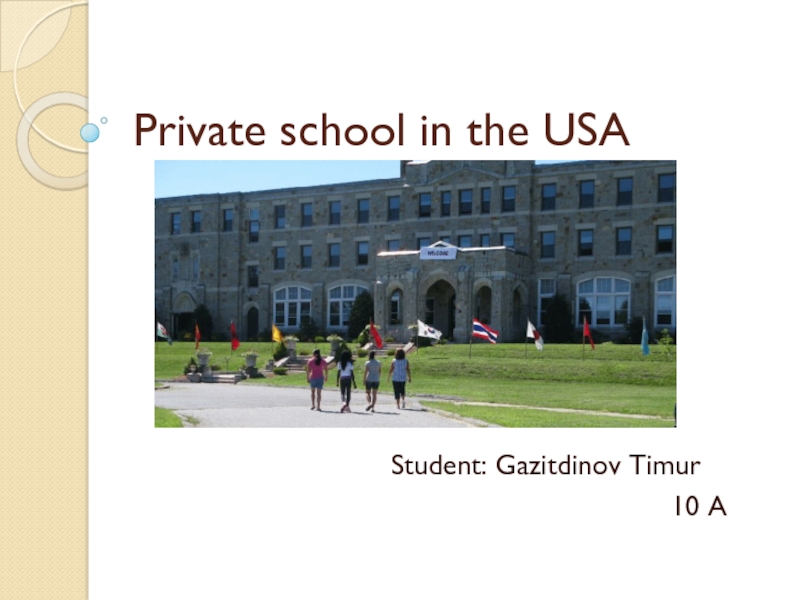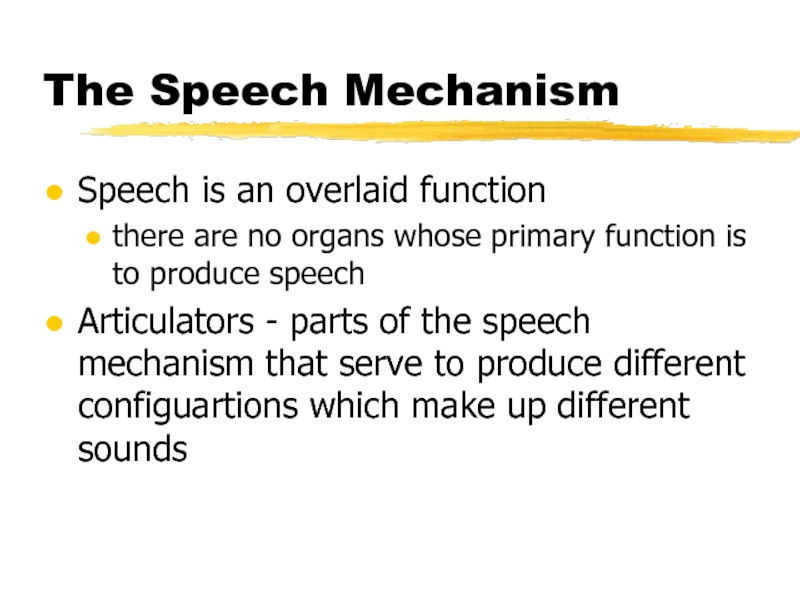- Главная
- Разное
- Дизайн
- Бизнес и предпринимательство
- Аналитика
- Образование
- Развлечения
- Красота и здоровье
- Финансы
- Государство
- Путешествия
- Спорт
- Недвижимость
- Армия
- Графика
- Культурология
- Еда и кулинария
- Лингвистика
- Английский язык
- Астрономия
- Алгебра
- Биология
- География
- Детские презентации
- Информатика
- История
- Литература
- Маркетинг
- Математика
- Медицина
- Менеджмент
- Музыка
- МХК
- Немецкий язык
- ОБЖ
- Обществознание
- Окружающий мир
- Педагогика
- Русский язык
- Технология
- Физика
- Философия
- Химия
- Шаблоны, картинки для презентаций
- Экология
- Экономика
- Юриспруденция
Expressive means of language презентация
Содержание
- 1. Expressive means of language
- 2. The Notion of a Stylistic Device Stylistic
- 3. Classification Criteria of Expressive Means and Stylistic
- 4. Lexical EM and SD by I.R.Galperin 1)The
- 5. Classification of EM and SD by Y.M.
- 6. Classification of Stylistic Devices based on the
- 7. Stylistic Devices of Substitution Stylistic devices of
- 8. Metaphor Metaphor (Greek: metaphora-transfer) denotes a transference
- 9. Classification of metaphors 1) According to their
- 10. Peculiar kinds of metaphor Personification ascribes human
- 11. Other varieties of metaphor according to
- 12. Metonymy Metonymy denotes a transference of meaning
- 13. 2) The name of the container
- 14. Simile Simile characterizes one object by bringing
- 15. Irony Irony is a stylistic device also
- 16. Periphrasis This is a device by which
- 17. Euphemisms This term denotes the use of
- 18. Antonomasia This device consists in the use
- 19. Hyperbole and Litotes These are stylistic devices
Слайд 1Expressive Means of Language
The expressive means of a language are those
Слайд 2The Notion of a Stylistic Device
Stylistic device (SD) is a conscious
So, the main features of SD are :
1) Stylistic devices are patterns of the language;
2) They have expressive marking.
Слайд 3Classification Criteria of Expressive Means and Stylistic Devices
The level-oriented approach to
1) Phonetic EM and SD
2) Lexical EM and ED
3) Syntactical EM and SD
Слайд 4Lexical EM and SD by I.R.Galperin
1)The interaction of different types of
Interaction of dictionary and contextual logical meanings:
Based on the affinity- Metaphor;
Based on association-
Metonymy;
Based on opposition-
Irony
Interaction of primary and derivative logical meanings:
Polysemy;
Zeugma;
Pan
Interaction of logical and emotive meanings:
Interjections and Exclamatory Words;
Epiphet;
Oxymoron
Interaction of logical and nominal meanings:
Antonomasia
2) Intensification of a certain feature of a thing or phenomenon: Simile, Periphrasis, Euphemism, Hyperbole
3) Peculiar use of set expressions: Cliche΄, Proverbs, and Sayings, Epigrams, Quotations, Allusions
Слайд 5Classification of EM and SD by Y.M. Skrebnev
Skrebnev starts with a
According to Skrebnev the relationship between these five levels and two aspects of stylistic analysis is bilateral. The same linguistic material of these levels provides stylistic features studied by paradigmatic and syntagmatic stylistics. The difference lies in its different arrangement.
Paradigmatic stylistics
(Stylistics of units)
Syntagmatic stylistics
(Stylistics of sequences)
Phonetics
Morphology
Lexicology
Syntax
Semasiology/
Semantics
Слайд 6Classification of Stylistic Devices based on the Generative Model
Stylistic devices
Stylistic devices
comparison
Stylistic devices of contrast and contradiction: antithesis, oxymoron, chiasmus
Stylistic devices of omission: ellipsis, zeugma, aposiopesis
Stylistic devices of substitution: metaphor, metonymy, simile, irony, periphrasis, hyperbole, litotes, euphemisms, antonomasia
Stylistic devices of inequality: climax. anti-climax, paradox
Stylistic devices of addition: repetition, epithet, enumeration
Stylistic devices of disposition: inversion, transposition, parenthesis, anacoluth, aposiopesis,suspense
Слайд 7Stylistic Devices of Substitution
Stylistic devices of substitution (replacement): a → b
periphrasis, euphemisms, antonomasia, hyperbole, litotes.
Слайд 8Metaphor
Metaphor (Greek: metaphora-transfer) denotes a transference of meaning based on resemblance
The metaphor has the following structure:
O1 + O2 + tc + A (Associations)
Tertium comparationes
Comparison basis
Common features
The metaphor is based on the logical identity of two objects: 01 = 02. It creates some tension, incompatibility between the dictionary and contextual logical meanings of words. This conflict (“metaphorical riddle”) is solved by tc.
Слайд 9Classification of metaphors
1) According to their degree of unexpectedness:
2) According to
Genuine metaphors are absolutely unexpected, quite unpredictable: e.g. The laugh in her eyes died out…(M.Spillane); Money burns a hole in my pocket. (T.Capote) They are speech metaphors.
Trite or dead metaphors are overused in speech, so they have lost their freshness of expression: a ray of hope; the lost love; to burn with desire; in the heat of argument, etc. They belong to the language-as-a system.
Simple metaphors are expressed by a word or phrase: e.g. Man cannot live by bread alone = by things satisfying only his physical needs
Complex (prolonged, or sustained) metaphors when a broader context is required to understand them, or when the metaphor includes more than one element of the text: e.g. The average New Yorker is caught in a machine. He whirls along, he is dizzy, he is helpless. If he resists, the machine will crush him to pieces. (W. Frank)
Слайд 10Peculiar kinds of metaphor
Personification ascribes human qualities to unanimate objects, phenomena
Allegory expresses abstract ideas through concrete pictures: The scales of justice;
Symbol - concrete objects can arouse some additional general sense: Rose – symbol for beauty; the dove of peace; the Berlin wall – symbol of Germany΄s division into BRG and GDR and their political confrontation.
Synaesthesy is combination of different sensations one of them using in transferred meaning: a warm colour, soft light, sharp sound, etc.
Слайд 11
Other varieties of metaphor according to Skrebnev also include
Allusion defined
E.g. It΄s his Achilles heel (myth of vulnerability).
Allusion presupposes the knowledge of such a fact on the part of the reader or listener, so no particular explanation is given (although this is sometimes really needed). Very often the interpretation of the fact or person alluded to is generalised or even symbolised.
E.g. He felt as Balaam must have felt when his ass broke into speech (Maugham) (allusion to the biblical parable of an ass that spoke the human language when its master, the heaven prophet Balaam, intended to punish it.
Слайд 12Metonymy
Metonymy denotes a transference of meaning which is based not on
1) The name of a part instead of the name of a whole (synecdoche: pars pro toto = the part for the whole): Washington and London agree on most issues; to fight for the crown.
Слайд 13
2) The name of the container instead of the contents: He
3) The place instead of people: The whole town was out in the streets.
4)The name of a characteristic feature of an object instead of the object: The massacre of the innocents (=children, the biblical phrase).
5) The name of an instrument instead of an action or the doer of an action: Let us turn swords into ploughs (Let us replace fighting by peaceful work);
6) The material instead of the thing made of it: The marble spoke.
7) The name of an author instead of their work: He likes to read the Oscar Wilde.
8) The process instead of result: He΄s in dance (= the dancing profession).
Слайд 14Simile
Simile characterizes one object by bringing it into contact with another
The simile has the following structure:
01 + 02 + tc + Connective words +A (Associations)
( explicit/implicit) ( like, as, such as, as if, seem)
Comparative constructions are not regarded as simile if no image is created: John skates as beautifully as Kate does.
The simile is based on the logical similarity of two objects:
01 ~ O2, set comparatively side by side, therefore there is not any tension and contradiction between components of this device . That is the main difference between simile and metaphor.
Слайд 15Irony
Irony is a stylistic device also based on the simultaneous realization
The word containing the irony is strongly marked by intonation.
Слайд 16Periphrasis
This is a device by which a longer phrase is used
Слайд 17Euphemisms
This term denotes the use of a different, more gentle or
There are euphemisms replacing taboo-words (taboos), i.e. words forbidden in use in a community: The Prince of darkness or The Evil One (=the Devil); the kingdom of darkness or the place of no return (=Hell).
Слайд 18Antonomasia
This device consists in the use of a proper name instead
On the other hand, a proper name may be used instead of a common name: He is the Napoleon of crime (= a genius in crime); You are a real Cicero (= a great orator).Antonomasia is a subtype of periphrasis.
Слайд 19Hyperbole and Litotes
These are stylistic devices aimed at intensification of meaning.
Litotes (understatement) is a device based on a peculiar use of negative constructions in the positive meaning: It΄s not a bad thing → It̕s a good thing; He was not without taste → He was with taste.
Litotes is not a pure negation, but a negation that includes affirmation: the direct meaning (negative) and transferred (affirmative).
